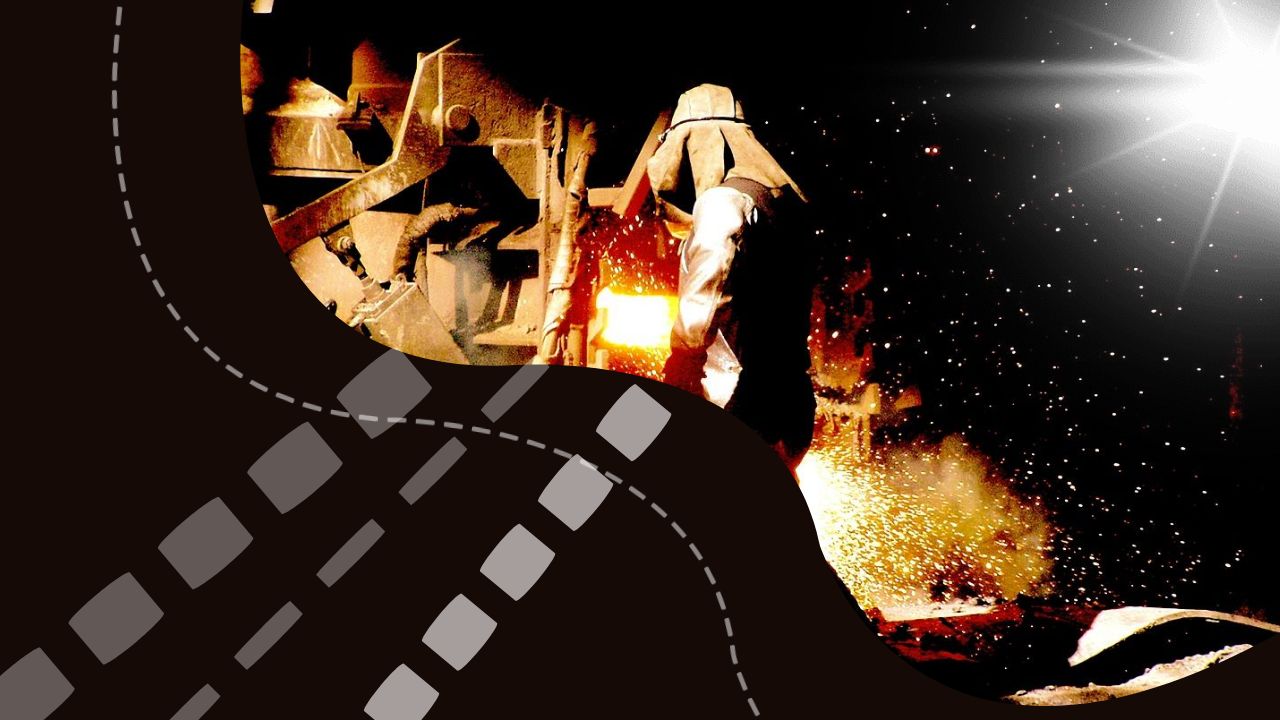The Kumtor deposit is one of the ten largest gold deposits in the world. The mine is located in the Issyk-Kol region in the permafrost zone at an altitude of 4,000 meters above sea level. Revenues from Kumtor account for roughly one-third of the state budget in Kyrgyzstan, with the mine producing about 17 tons of gold per year.
“The feasibility study of the underground gold mining project developed by specialists speaks about its economic efficiency. According to preliminary data, with the help of an underground mining method, it will be possible to get 115 tons of gold. Taking into account the precious metal mined at the [site] by the open-pit method, this is a big step forward,” said Almazbek Baryktabasov, President of the Kumtor Gold Company. Mining underground will help the company reach gold of a higher-grade ore, he said, and as a result, the company will be able to increase its tax payments.
Until its nationalization in 2021, the Kumtor mine was owned by Canadian company, Centerra Gold. Earlier, the Canadian owners tried to extract gold through shafts. However, gold prices did not render this profitable, as the shaft method is much more expensive than the open-pit mining. Over the past ten years, however, the price of an ounce of gold has risen by more than $700 and is currently trading at just over $2,000. Before Kumtor was expropriated, Centerra Gold spent approximately $180 million dollars on research related to underground mining.
Today, the authorities have allocated an additional mining site next to the one where gold ore is already being extracted. According to some reports, the new site contains a denser concentration of the precious metal per unit of ore. Currently, at Kumtor’s open-pit mine, it takes one ton of processed ore and more than 40 tons of extracted waste rock to produce 5-7 grams of gold. Underground mining could double that yield. Furthermore, underground mining is not as environmentally damaging as open-pit mining. For example, one of Kumtor’s main environmental concerns is the destruction of glaciers which literally hang over the edge of the open pit.

